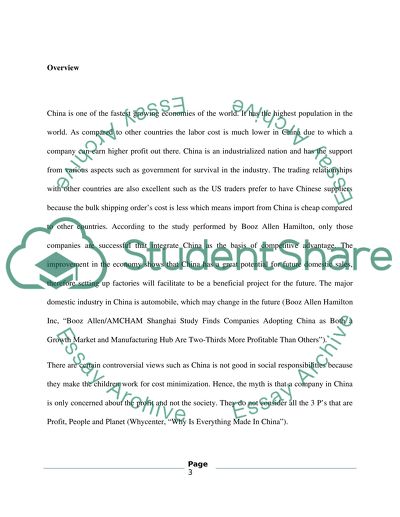Cite this document
(“Why is everything made in China Research Paper Example | Topics and Well Written Essays - 4000 words”, n.d.)
Retrieved from https://studentshare.org/family-consumer-science/1418926-why-is-everything-made-in-china
Retrieved from https://studentshare.org/family-consumer-science/1418926-why-is-everything-made-in-china
(Why Is Everything Made in China Research Paper Example | Topics and Well Written Essays - 4000 Words)
https://studentshare.org/family-consumer-science/1418926-why-is-everything-made-in-china.
https://studentshare.org/family-consumer-science/1418926-why-is-everything-made-in-china.
“Why Is Everything Made in China Research Paper Example | Topics and Well Written Essays - 4000 Words”, n.d. https://studentshare.org/family-consumer-science/1418926-why-is-everything-made-in-china.


